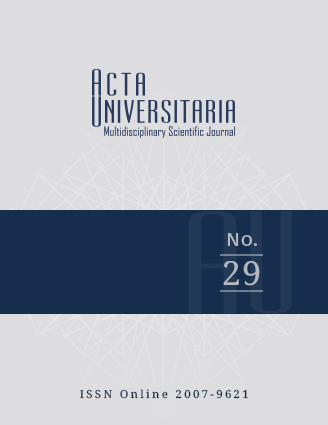Publicado 2019-05-29
Cómo citar
Resumen
La trimetilsililación (TMS) es una reacción que ha sido empleada, entre otros usos, para la obtención de oligosiloxanos a partir de silicatos naturales. La modificación de las condiciones de reacción puede permitir la obtención de sílice con propiedades texturales interesantes (área superficial, tamaño y volumen de poro) -y lo que ha sido poco explorado y se propone en este estudio-, la obtención de sílice modificada con grupos orgánicos por una ruta relativamente simple en función de los reactivos usados y de las condiciones de la reacción. La sílice a modificar es obtenida in situ y modificada en el mismo medio de reacción, ahorrando varias etapas. En este estudio, se sintetizó sílice modificada con grupos mercapto. La caracterización del material se realizó por FT-IR, resonancia magnética nuclear (RMN) en estado sólido de 29Si y 13C, análisis térmico (DTG/DTA) y fisisorción de nitrógeno. El material se valoró como adsorbente para la remoción de arsénico de soluciones acuosas estándar (hasta de 1 ppm de arsénico), usando un sistema de adsorción por lotes, variando la temperatura en un intervalo entre 20 °C y 30 °C. Se encontró que la mayor capacidad de remoción se favorece a la menor temperatura, logrando hasta un 68% de remoción, valores similares a otros reportados.

